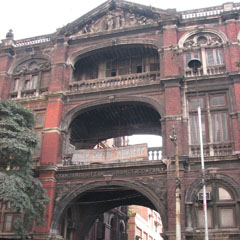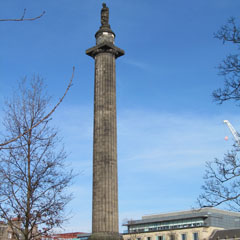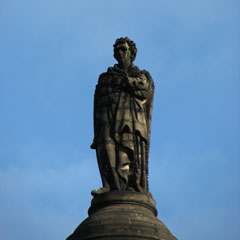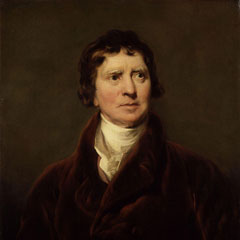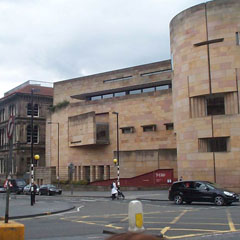 National Museum of Scotland, Chambers St, Edinburgh EH1 1JF
National Museum of Scotland, Chambers St, Edinburgh EH1 1JF
From courtly dress to contemporary art, to birds, minerals and fossils, India’s natural world and her culture have been collected by the Museum since its inception in 1854. Scots working as political and commercial administrators, military officers, surgeons and missionaries in India under British rule contributed to the Museum’s mission of collecting art and science worldwide. The examples of India’s manufacture, her ancient history or Hindu sculptures, they sent back to Scotland, represented their interests, involvement in historical events, and Britain’s commercial links. The Museum is committed to reassess for today the significance of these objects of the colonial history of British India.
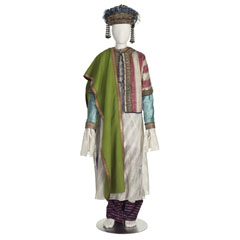
Courtly dress, Bhopal, India.
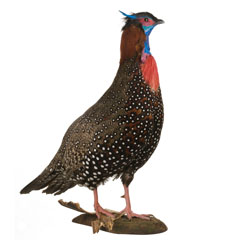
Western tragopan, female bird, India.
Find out more

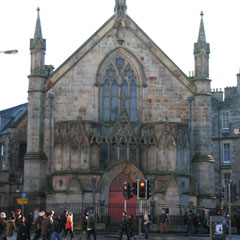 Bristo Port, Edinburgh EH1 1EY
Bristo Port, Edinburgh EH1 1EY
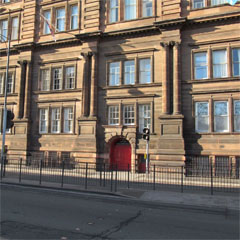 Caledonian Hotel, Princes Street, Edinburgh EH1 2AB
Caledonian Hotel, Princes Street, Edinburgh EH1 2AB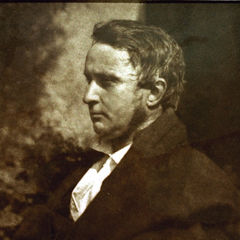
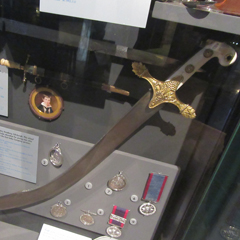

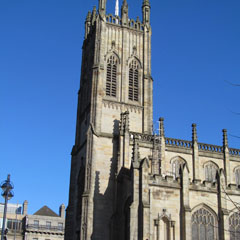 St John’s Episcopal Church, Princes St, Edinburgh EH2 4BJ
St John’s Episcopal Church, Princes St, Edinburgh EH2 4BJ
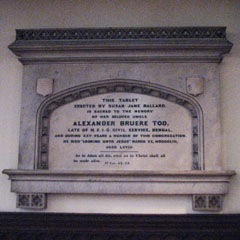
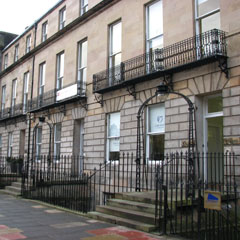 37 Melville Street, Edinburgh EH3 7JF
37 Melville Street, Edinburgh EH3 7JF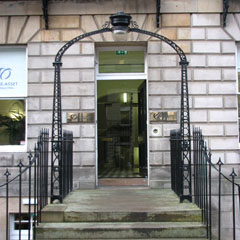
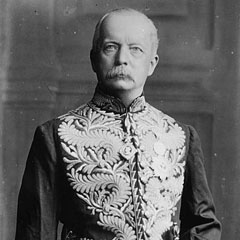
 1-9 Randolph Cliff, Edinburgh EH3 7TZ
1-9 Randolph Cliff, Edinburgh EH3 7TZ

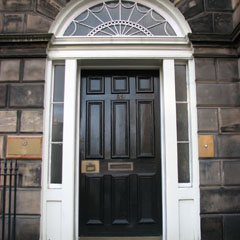 22 Charlotte Square, Edinburgh EH2 4DF
22 Charlotte Square, Edinburgh EH2 4DF


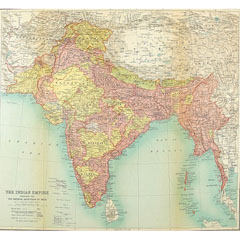
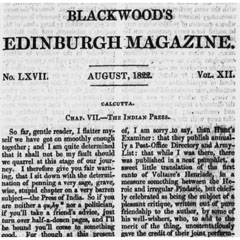
 Aberdeen Standard Investments, 1 George St, Edinburgh EH2 2LL
Aberdeen Standard Investments, 1 George St, Edinburgh EH2 2LL

